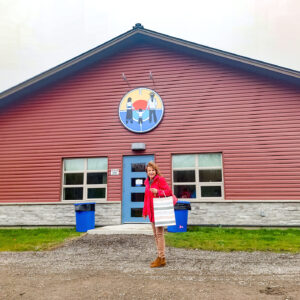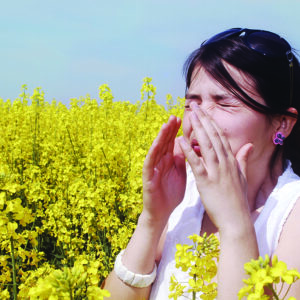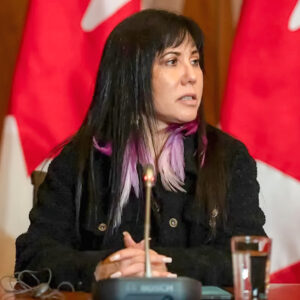
BRITISH COLUMBIA — On Monday, January 20 a new documentary series, The Wild Ones, premiered on HISTORY.
The Wild Ones was called “a thrilling Canadian-original TV series that follows a team of Xeni Gwet’in First Nation cowboys, an ex-pat American settler, and expert horse trainers, in their mission to save the majestic herd of wild Qayus horses that roam British Columbia’s Nemiah Valley from the threat of overpopulation and natural predators.”
The series takes on the landscape of the Nemiah Valley – a pristine wilderness in B.C.’s Cariboo region – where the elusive and magnificent herd of wild horses known as the Qayus roam and have thrived here for centuries.
However, due to climate change, the threat of overpopulation and an increase in natural predators can threaten their survival. The Xeni Gwet’in First Nation helps restore and manage the population to sustainable levels by training and relocating some of the Qayus.
After visiting Friends of the Nemaiah Valley (FONV) website it was also found that the horse’s ancestry also challenges historical thought.
A soon to be released study of the genetics of wild horses in a remote corner of the province poses more questions than it answers. The study by world horse DNA expert Dr. Cothran and biologist Wayne McCrory was done at Texas A & M University for VWS, FONV and the Xeni First Nations Government. It is the first of its kind in western Canada.
The Brittany Triangle is the most remote area left in western Canada where some 200 wild horses have roamed since before the coming of Europeans. The DNA study area is part of the Eagle Lake Henry Qayus wild horse reserve created by the Xeni Gwet’in First Nations – the only wild horse preserve in western Canada.
DNA was analyzed from blood samples taken from domestic horses captured in the wild as well as hair samples collected from bedding areas and tree branches. Historic documentation indicates that Brittany horses most likely originated from horses of Spanish ancestry brought in to the area by Tsilhqot’in First Nations about 1740 along ancient trade routes from Plateau grasslands to the south.
However, the DNA study found very little remaining Spanish ancestry. The origins were more from the Canadian Heritage Horse breed or its ancestors. The most intriguing result of the genetic study is the possibility that Yakut horses, an ancient horse of Russian heritage, also contributed to the origins of the herd. How these bloodlines got to the remote Chilcotin is a mystery since the Russians only ever brought a small number of horses across to their Pacific coast fur trading posts. The report will be released in several months.
Over 10 episodes, The Wild Ones is explained as showing that every day is an adventure – the ultimate test of a rider’s skill and determination. “It’s a wild ride that demands limitless courage and nerves of steel.”








